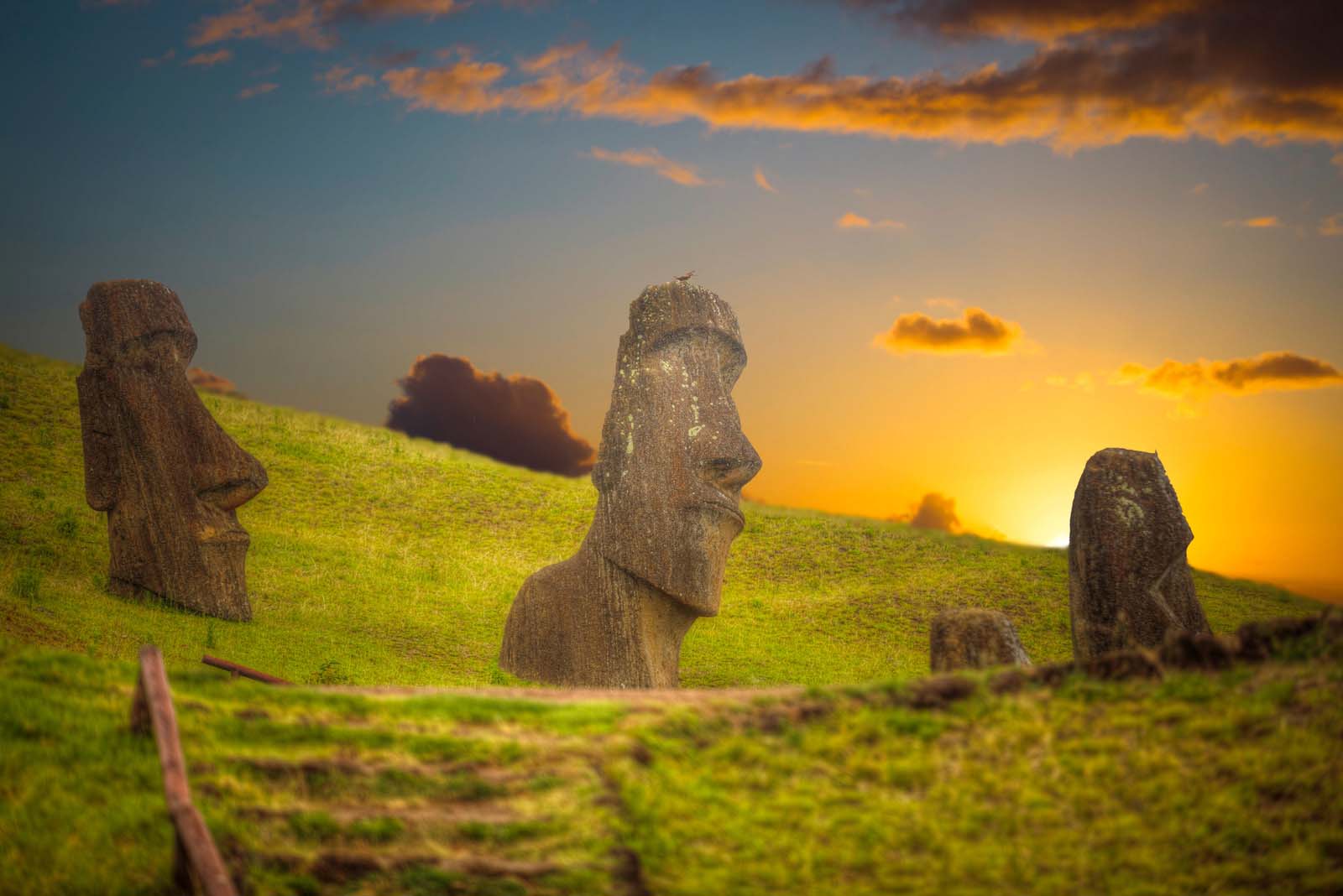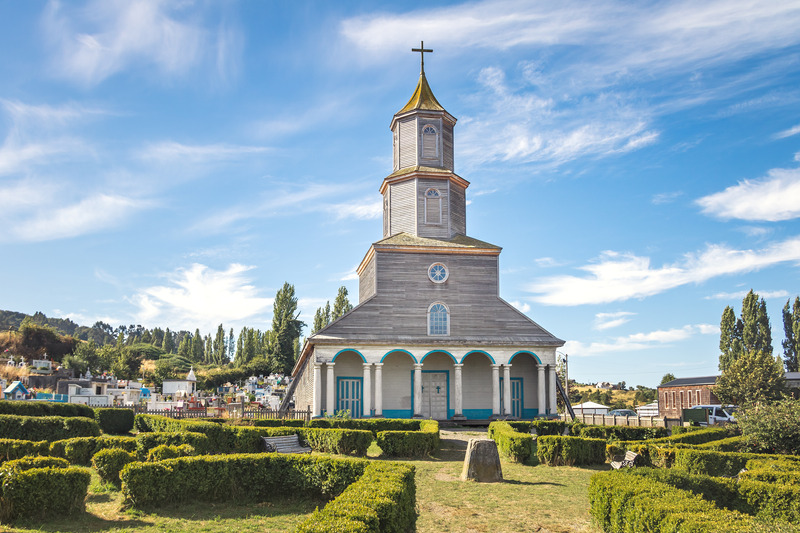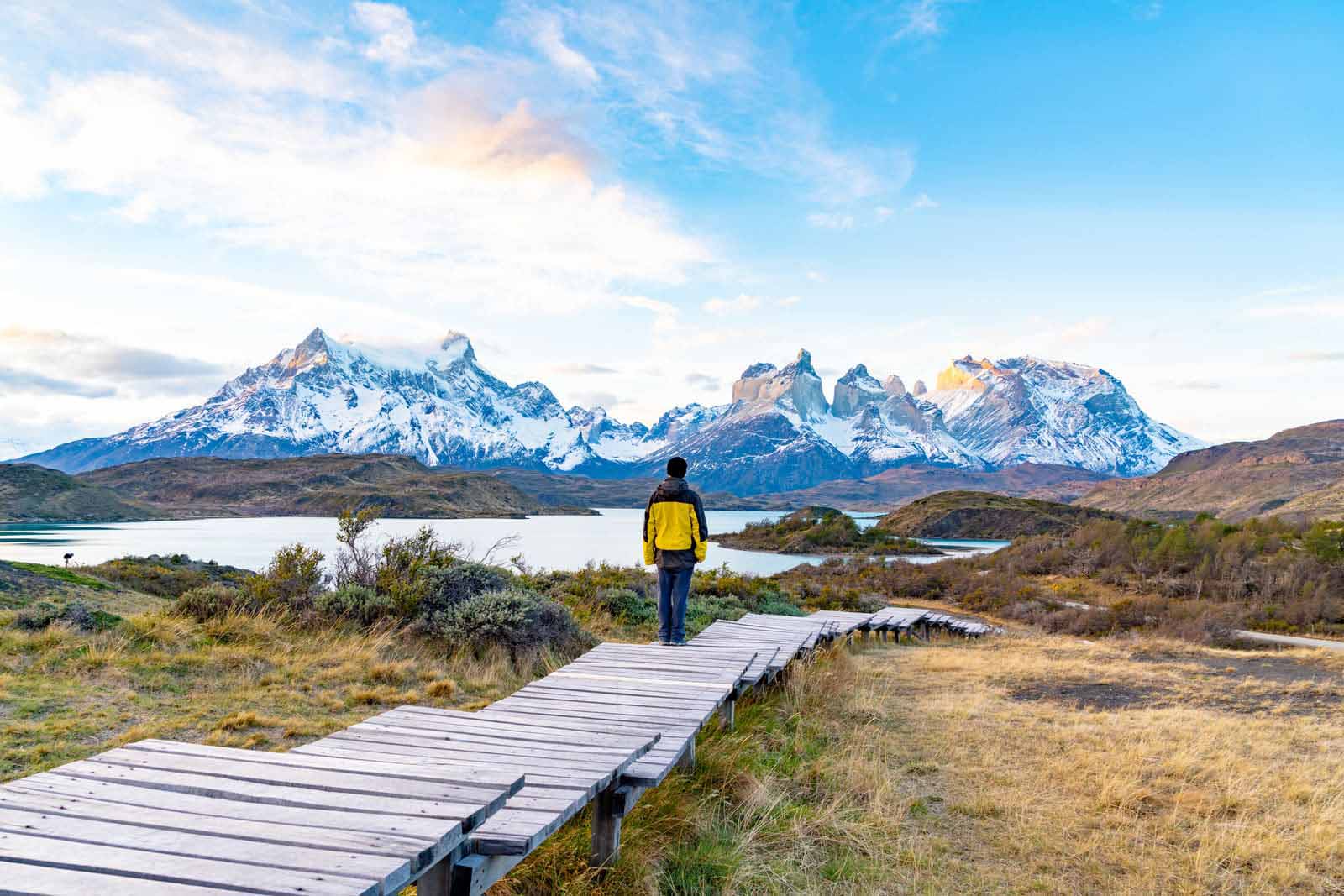
Chile's Must-See Marvels | Travel News
Ancient Treasures
In the Arica y Parinacota Region, travelers can explore the Chinchorro mummies, some of the oldest in existence, dating back over 7,000 years.
Rapa Nui

Rapa Nui (Easter Island) is a one-of-a-kind island with a rich history spanning millennia, where its extreme isolation gave rise to a distinctive and unique culture.
History and Art
The Chilean Museum of Pre-Columbian Art is dedicated to preserving, studying, and exhibiting pre-Columbian artifacts and art from Central and South America.
Historic Cities
Valparaíso, a coastal port city in Chile, is renowned for its steep funiculars, vibrant clifftop homes, and 19th-century architecture that reflects a rich European immigrant legacy.
Churches of Chiloé

The Churches of Chiloé stand as a remarkable cultural landmark, exemplifying the blending of Spanish colonial influences with the traditions of the indigenous Huilliche people in the 16th century.
Ruca Mapuche
The ruca, or traditional dwelling, represents the culture of the Mapuche, one of Chile's largest indigenous groups.
Atacama Desert

Adventure enthusiasts and stargazers flock to the Atacama Desert—the driest non-polar desert on Earth—to marvel at its surreal red rock formations, gaze at the clearest night skies in the Southern Hemisphere, soak in steaming geysers, and admire pink flamingos in turquoise salt lagoons.
Patagonia

In Chilean Patagonia, Torres del Paine National Park mesmerizes visitors with its iconic granite towers, the horn-like Cuernos del Paine, towering mountains, radiant blue glaciers, and golden pampas inhabited by rare wildlife like guanacos.
